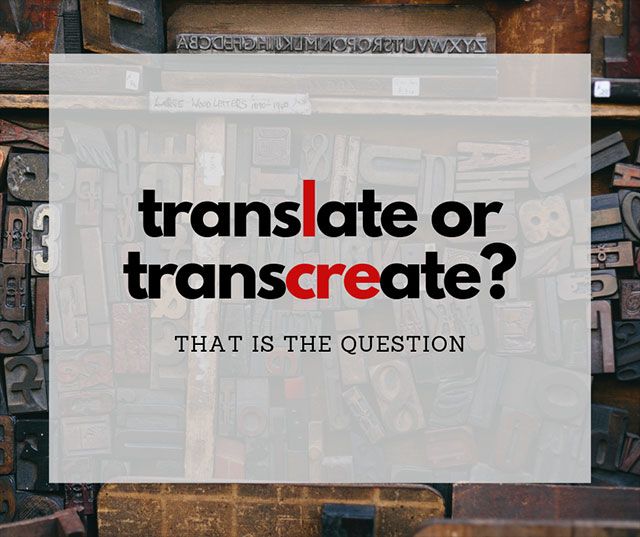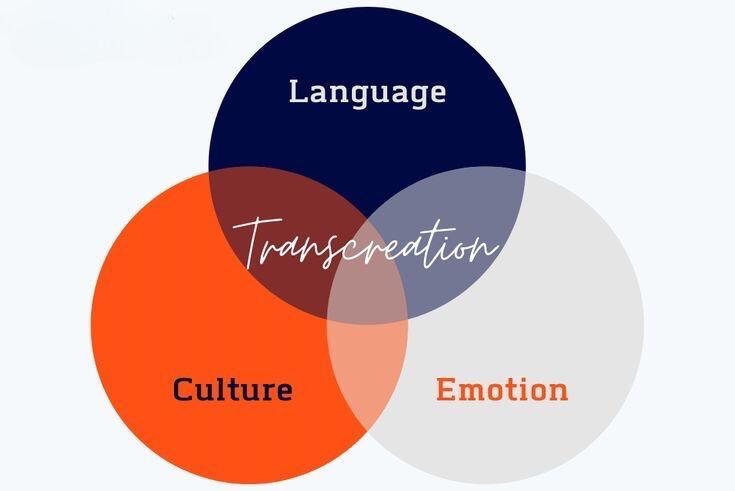Subtotal: $4398.00

When businesses expand globally, they face the challenge of making their brand message resonate with diverse audiences. Two important approaches to breaking language barriers are translation and transcreation. While these terms are sometimes used interchangeably, they serve distinct purposes. Let’s dive deeper into the key differences between translation and transcreation and why both are crucial for international success.
What is Translation?
Translation refers to the process of converting text from one language to another, staying as faithful as possible to the original content. The goal is to preserve the meaning, grammar, and structure of the source language. Translation is highly useful for straightforward content like legal documents, technical manuals, or academic articles. Accuracy is paramount, and the content's style and tone usually mirror the original.
For example, translating a product instruction manual from English to Spanish requires precise conversion of terms without changing the meaning. This method works well when you’re dealing with factual or informative content.

What is Transcreation?
Transcreation, on the other hand, takes translation a step further. It involves adapting content to ensure it resonates emotionally and culturally with a target audience. This method is not just about translating words but reimagining the message to fit a different cultural context. The core message remains, but the delivery might change entirely.
Think of transcreation as taking a slogan or a marketing campaign designed for one country and transforming it into something equally impactful for another. For instance, a catchy English slogan that plays on words might not make sense in another language. A transcreator rewrites the slogan so it evokes the same feeling, humor, or emotion.

The Key Differences:
In short, translation is about accuracy, while transcreation focuses on emotional impact. Where translation keeps the content literal, transcreation allows flexibility and creativity, adapting to cultural norms, humor, and even local slang.
Why Both Matter:
Both translation and transcreation are essential tools for businesses looking to connect with international markets. Translation ensures your message is understood, while transcreation ensures it resonates deeply. By knowing when to use each method, you can ensure your brand's global communication is both clear and culturally relevant.